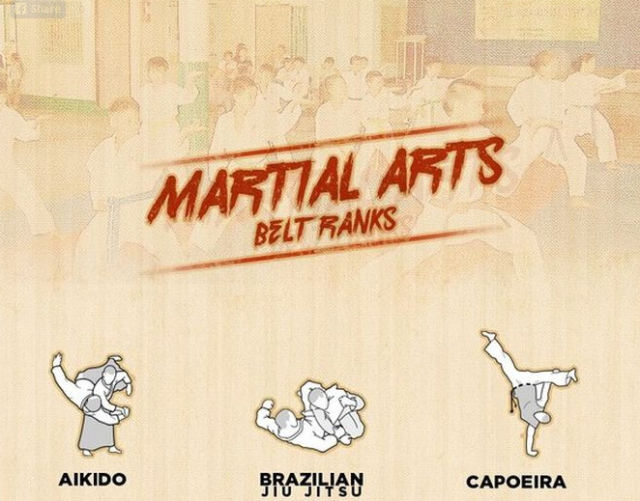Secret Differences In Between Typical Martial Arts And Modern Battle Sports: A Comprehensive Analysis
Secret Differences In Between Typical Martial Arts And Modern Battle Sports: A Comprehensive Analysis
Blog Article
Content Writer-McGinnis Hovgaard
When you think about martial arts, do you lean much more toward the typical practices or the modern fight sports? Each course provides special benefits and experiences, formed by their viewpoints and training approaches. Traditional martial arts stress individual growth and technique, while contemporary combat sports focus on competition and performance. Comprehending these distinctions can direct you in choosing the right approach for your journey. Yet exactly how do martial arts training tips manifest in training and ideology?
The Viewpoint and History Behind Conventional Martial arts
While many people connect martial arts with physical combat, the viewpoint and history behind traditional martial arts run much deeper. You'll find that these techniques stress personal development, self-control, and regard.
Stemming from ancient practices, standard martial arts were usually created for Self-Defense and spiritual growth. They personify concepts such as equilibrium, harmony, and self-control, guiding experts beyond mere battling skills.
As you educate, you'll not just discover strategies yet additionally obtain insights right into the society and worths that shaped these arts. The routines and customs, often given via generations, cultivate a feeling of area and belonging.
The Competitive Nature of Modern Battle Sports
Modern combat sports have changed the landscape of martial arts right into a highly affordable arena, where professional athletes challenge in an examination of skill, technique, and endurance.
You'll observe that competitions are typically arranged with stringent regulations and policies, guaranteeing justice and security. These events attract large audiences, sustaining the enjoyment and intensity of competitions.
Professional athletes educate rigorously, not just for physical expertise but likewise for psychological durability, understanding that every information counts in the ring. The adrenaline rush throughout competitions is apparent, as competitors press their limits to claim victory.
Followers appreciate the athleticism and artistry involved, making contemporary combat sporting activities a thrilling phenomenon that remains to develop and mesmerize enthusiasts worldwide.
Training Techniques and Methods: A Comparative Analysis
The competitive ambience of modern combat sporting activities demands ingenious training techniques that differ considerably from conventional martial arts.
In modern training, you'll concentrate on particular strategies, competing, and conditioning, usually using drills that simulate real fight situations. You'll see a focus on measurable efficiency and frequent competitors to evaluate your abilities.
On https://franciscofavpn.blog-eye.com/35198018/acquiring-understanding-about-the-cognitive-and-affective-growth-in-young-martial-artists , standard martial arts prioritize kinds, katas, and thoughtful teachings, often emphasizing self-control and regard over competition.
Training is generally much less intense and might entail repetitive method as opposed to real-time sparring.
While both methods develop skill and health and fitness, modern-day fight sporting activities give a much more dynamic and adaptable training environment, preparing you for immediate obstacles in the ring or cage.
Pick the course that lines up with your objectives and passions.
Conclusion
In picking in between traditional martial arts and modern battle sporting activities, it really boils down to what you value a lot of. If you're looking for personal growth, technique, and a sense of area, typical arts may be your ideal fit. But if you flourish on competition and real-time difficulties, modern-day battle sports could be the way to go. Inevitably, both courses offer special advantages, so it's all about straightening your training with your personal goals and passions.
